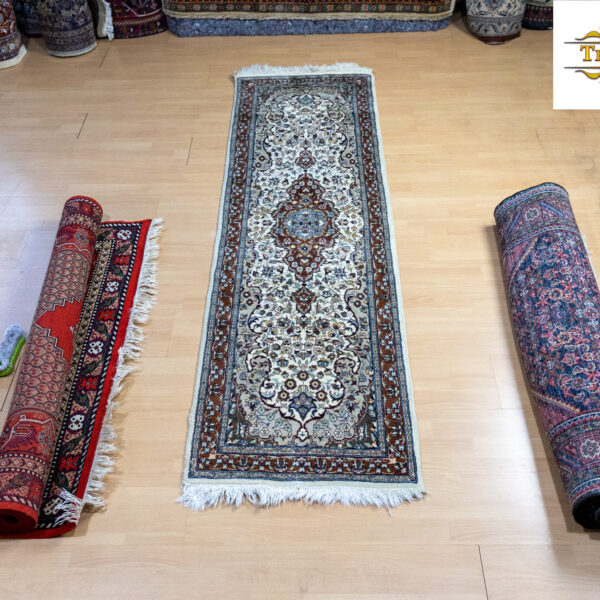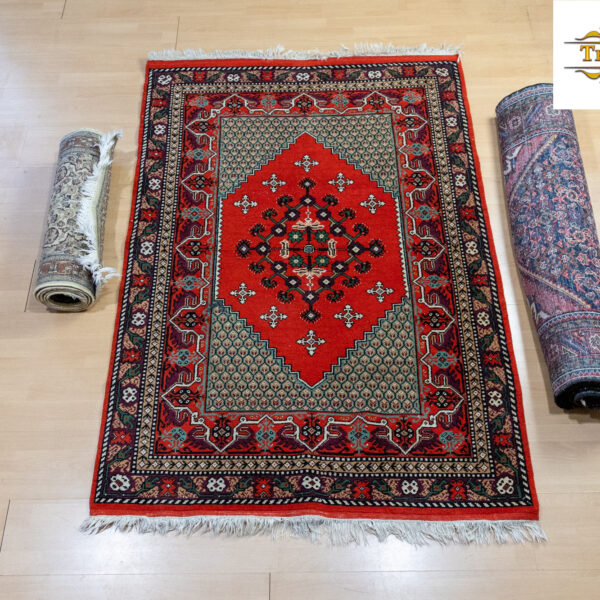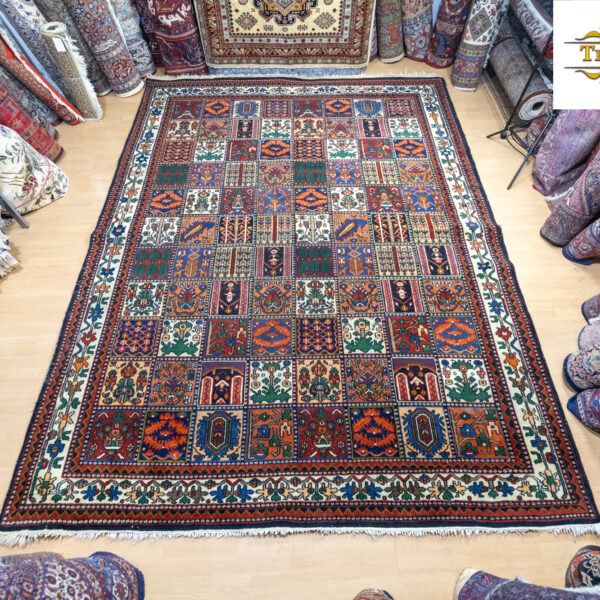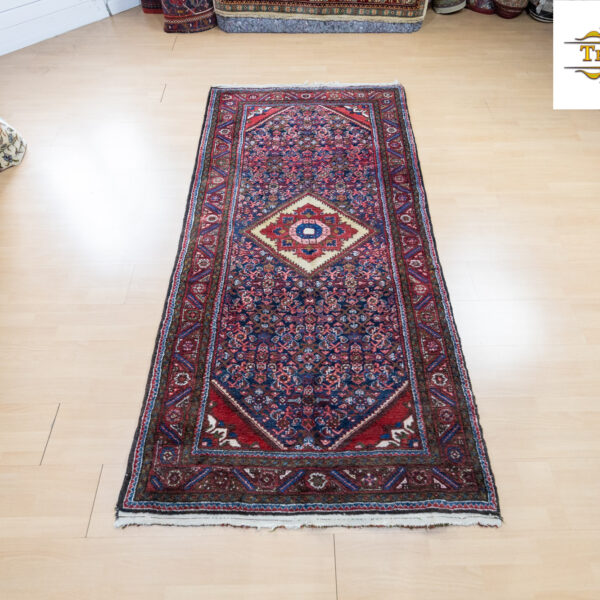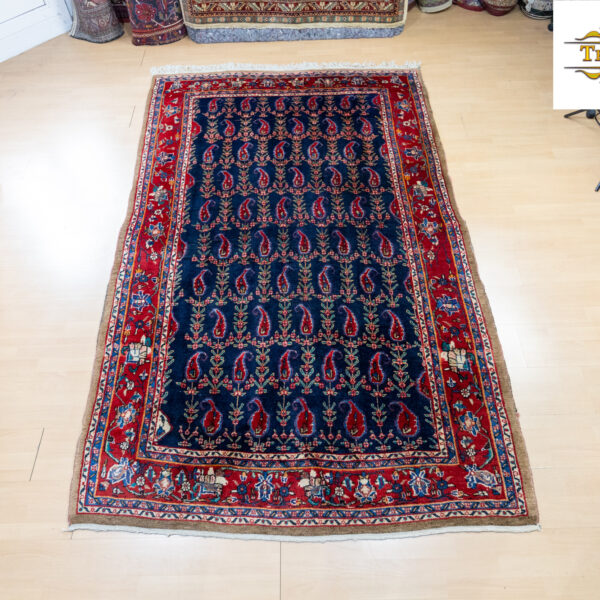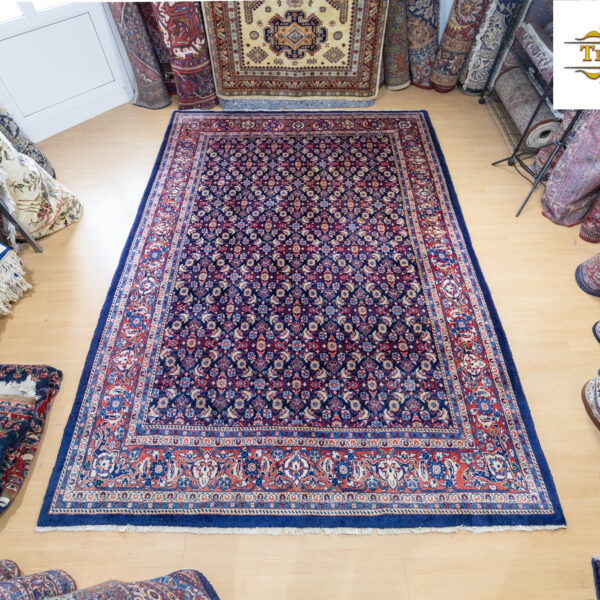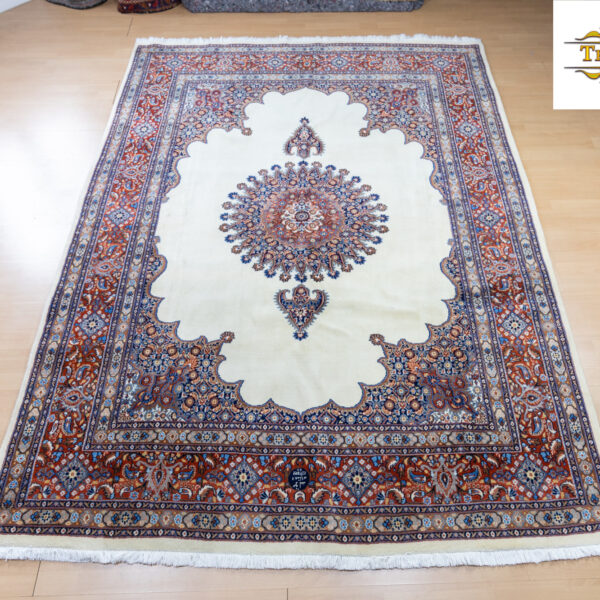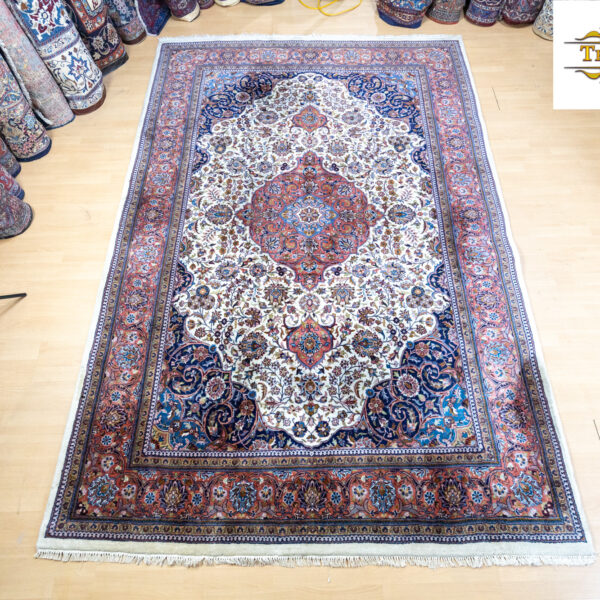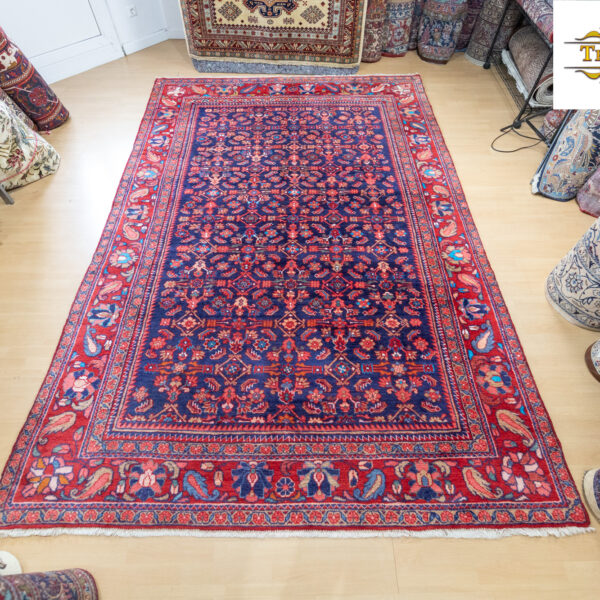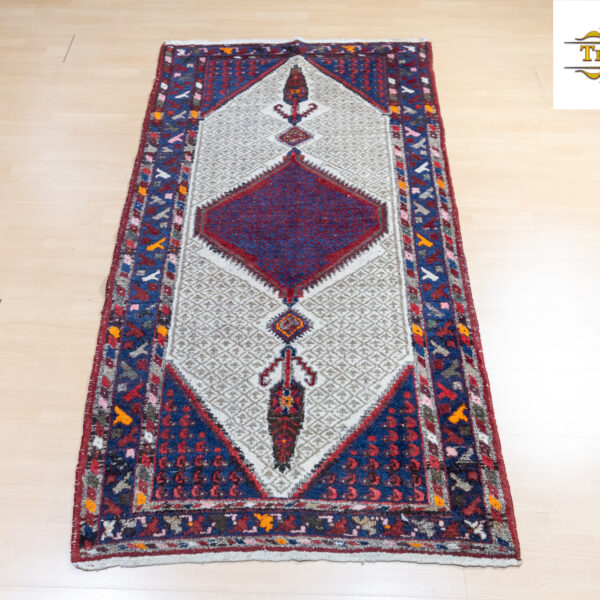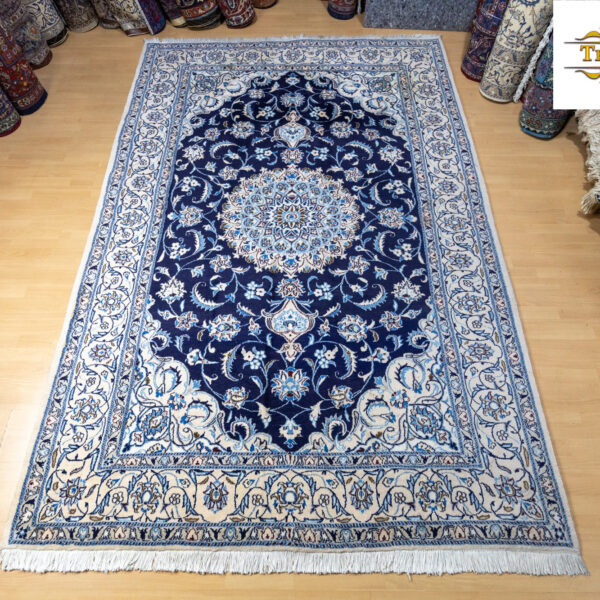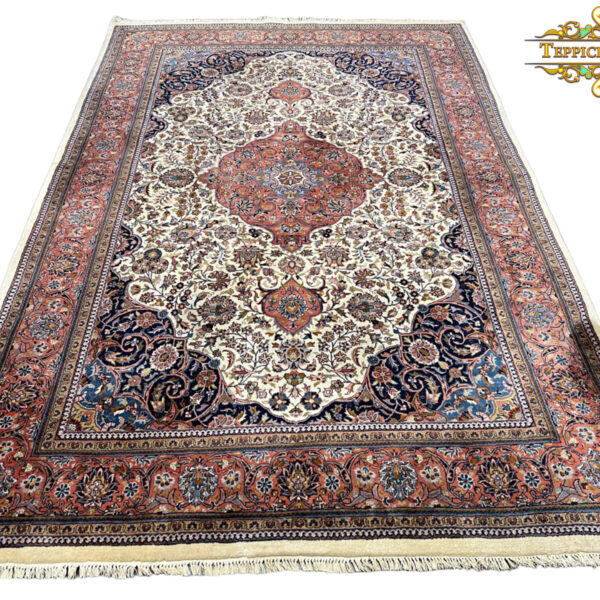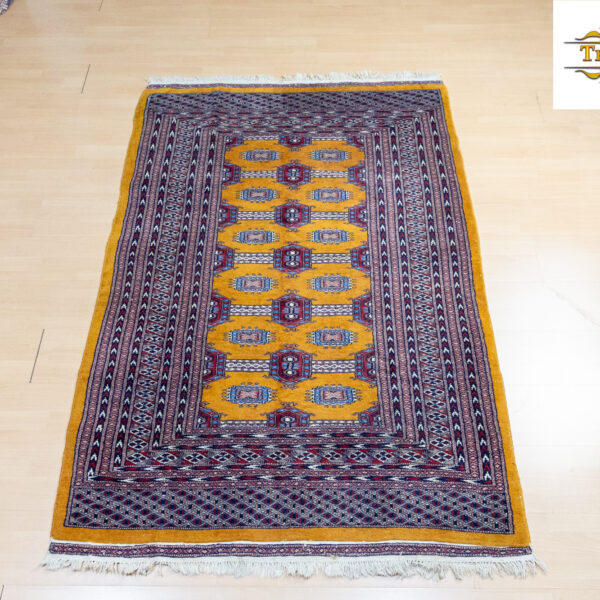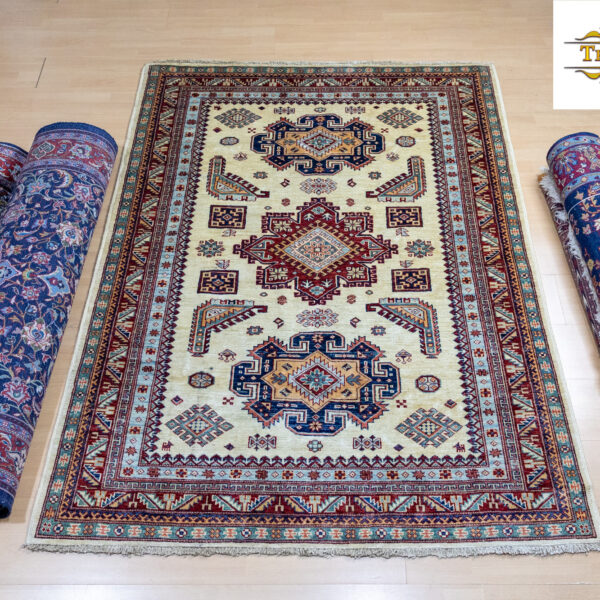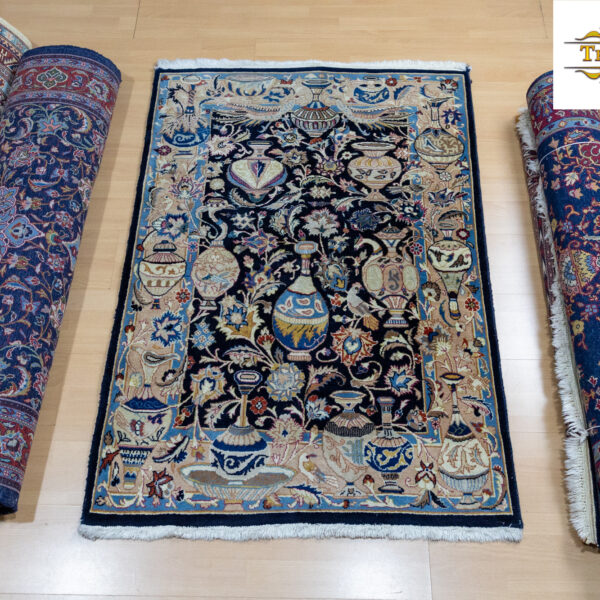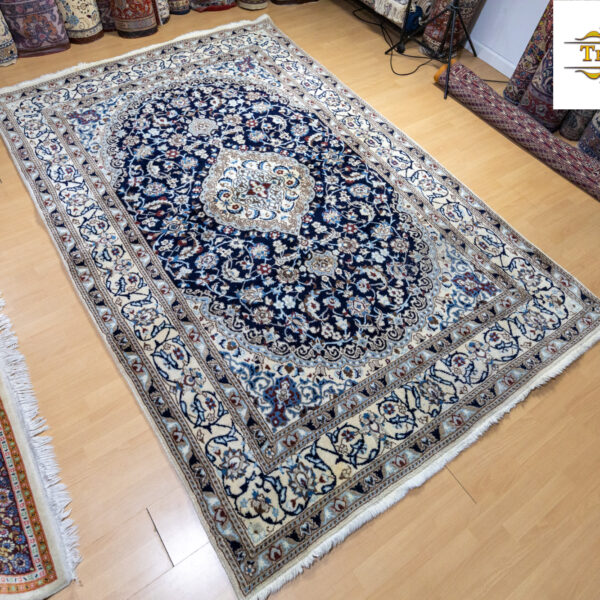Unique carpets
Unique carpets
The word "unique" is derived from the Latin word for "unused". “Unus” means “one” or “one”.
The great variety of unique carpets!
The variety of carpets leads to many individual pieces that are characterized by a unique design. The unique items are often manufactured using complex processes, which is also reflected in the high quality of the products. The range is impressive and offers many beautiful pieces. Today there are beautiful carpets made from different materials such as wool, jute and sisal. The various materials impress with their special properties such as a pleasantly soft surface, high elasticity and dimensional stability or a pronounced durability. Before buying, it is important to know which individual pieces are suitable for the desired area of application: In which rooms is the carpet used how often, what properties are desired in the respective room?
A carpet is more than just a decorative item. Individual carpet models are real decorative elements that can give rooms more color, cosiness and harmony. In addition, they can also be used wonderfully for a stylish break. If you have clean interiors, a colorful rug is a great way to add vibrancy in no time. There are carpet patterns from different countries of the world. Oriental carpets, which create an oriental atmosphere in rooms, are very popular. The Persian carpet is also very traditional and is often used in our area. True to its name, the Persian rug is made in countries such as Iran, Afghanistan and the former Persian Empire. The Persian carpet is an important part of Persian culture and is very popular worldwide. A special type of Persian carpet is the so-called Ghashghai carpet. This is a type of thick-knotted carpet originally made by nomads. No matter which runner or carpet you are looking for, you are guaranteed to find what you are looking for.
Creations with an attractive design for high demands!
If a carpet is hand-knotted, it was made in a complicated process. While a machine-made rug has fine and precise edges, the edges of hand-knotted rugs are often irregular. Hand-knotted carpets are truly unique, which differ depending on the pattern. These unique pieces come in many amazing patterns and designs. You can choose from a wide range of materials and colors to create a true oasis of well-being. The variety of carpets is very attractive, so you can be sure that there is something suitable for different needs.
The areas of application of unique carpets!
The use of carpet patterns is very diverse. Today there are beautiful carpets for indoor use, but also for outdoor use. If you are looking for a hard wearing rug pattern, you can invest in pieces made from jute or hemp. Hard-wearing materials are suitable if the carpet is used frequently. This can be in the entrance area, in the living room or under the dining table. Sisal carpets are also very hard-wearing and anti-static. They are easy to clean.
On the glue!
No matter which material, which design and which color you prefer: With individual pieces you can bring more color into your home. In order to make a successful choice, you should be clear in advance about the requirements that are placed on the specific carpet pattern. Should it be robust and durable or made from a special, luxurious material? Depending on your own taste and desired scope of use, you can surely make a satisfying purchase.
Hand-knotted carpets from the Orient are essentially one-offs. Nomads and farmers only weave individual pieces: A carpet is finished and the next time they use a different pattern, often a different size, or they leave the pattern and only change the color composition. The manufactured products are mostly unique. Although they are knotted from a pattern, there are often multiple knots working on the same loom. This leads to irregularities and deviations from the pattern. These "knotting errors" show the uniqueness of hand-knotted oriental carpets.
The claim to uniqueness also applies to a certain extent to carpets from small workshops. Manufacturers who have their carpets knotted according to patterns drawn on graph paper have to recoup this costly effort and therefore have the same pattern knotted several times. But even with these multiple editions, which are limited to a maximum of four to six carpets, one can still speak of a one-off. If the respective pieces were compared with a magnifying glass, there would still be enough deviations despite the cartridge of the pattern and the accuracy of manufacture.
Even in the case of cashmere carpets, the claim to uniqueness remains. A kind of “prayer ladder” reads the pattern in detail, knot by knot, to the weavers, who are spread out on several chairs, using standard instructions, the so-called talim. The weavers follow the song of the reader in a steady rhythm and tie their knots. All do this at the same time. However, there are so many "mistakes" that no two pieces are identical.
It is questionable whether the uniform handwriting also applies to the large series in India or China.

